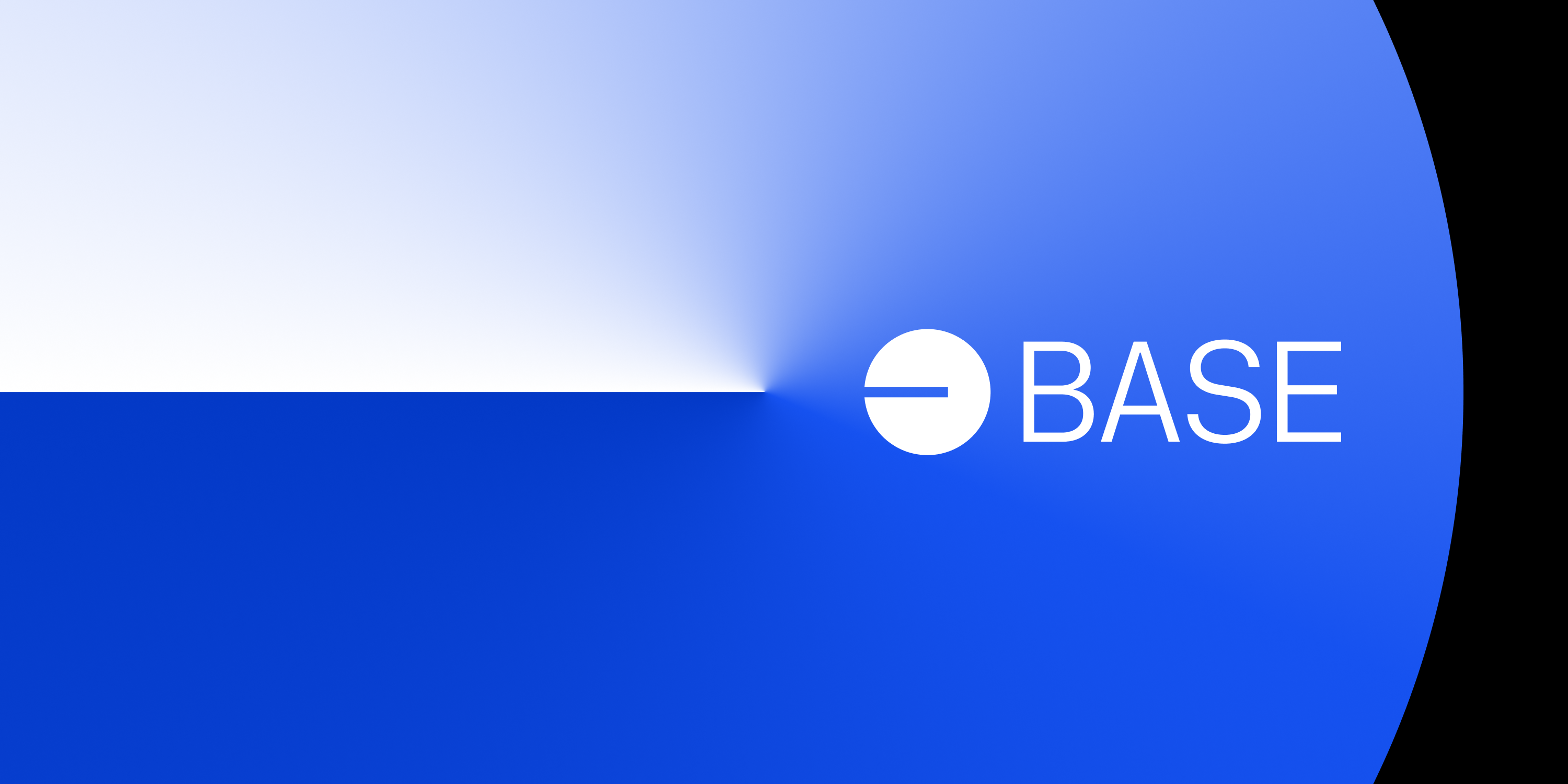The Ethereum landscape is an ever-evolving tableau, constantly being shaped and reshaped by the bustling activity of its most diligent architects. Among these engineers, the creators of Layer two (L2) scaling solutions are playing an increasingly pivotal role in Ethereum's evolution, revolutionizing how the Ethereum network operates by bringing significant speed and efficiency enhancements. This brings us to the question: who are these change-makers, and what are they up to now?
A brief look back at yesteryear takes us to the arena where Ethereum’s "Big Four" L2s—Arbitrum, Optimism, zkSync, and Starknet—ruled the roost, monopolizing the attention of investors, developers, and users alike. Then, Polygon's zkEVM made its grand entrance, and we found ourselves talking about the "Big Five." But while these major players continue to dominate the scene, the seeds of change are once again stirring beneath the surface.
This brings us to the threshold of a thrilling new frontier. L2s, currently in their testnet stages, are demonstrating massive future potential, poised to shape Ethereum's trajectory in ways we are only beginning to imagine. These are networks that may not yet be on your radar, but they undoubtedly deserve to be. From Coinbase's Base to ConsenSys's Linea, there's a whole new playing field emerging, adding diverse new shades to Ethereum's teeming, varied L2 ecosystem.
So why should we care about these upcoming networks? Simply put, they represent the future. L2s are in the midst of an unprecedented adoption boom, taking on the heavy traffic that was once congesting Ethereum and promising a future of greater speed, security, and interoperability. As we navigate this transformation, it's never been clearer that the future of Ethereum is tied to a thriving, diversified L2 ecosystem.
In this article, we'll venture beyond the familiar terrain of the 'Big Five,' shedding light on the top five emerging L2s that are just starting to make their mark. We'll provide you with a roadmap to explore these promising testnets and offer insights into how they're shaping up to influence Ethereum's future. It's time to meet Base, Fuel, Linea, Scroll, and Taiko: the rising stars in the Ethereum L2 sky. Let the journey begin!
Layer-Two Scaling Solutions
Have you ever been early to a trend, finding yourself at the forefront of something so monumental it changed the landscape entirely? This is the kind of transformative wave we're surfing on as we dive into the world of Layer-Two (L2) solutions.
To say that L2s are 'popular' would be an understatement. They're not just a 'hot topic' or a 'trending keyword'. They're a paradigm shift. They represent a seismic shift in the Ethereum ecosystem, redefining how users and developers interact with the network. We're seeing the dawning of an era where congested, slow, and expensive operations on Ethereum are becoming a thing of the past. Instead, activities are migrating to L2s like Arbitrum and Optimism, where they are executed swiftly, efficiently, and cost-effectively.
So why is this happening? Why are L2s becoming the go-to choice for Ethereum users and developers? The answer is simple: they provide scalability, reducing network congestion by handling transactions off the Ethereum mainnet. They offer speed, executing transactions at a fraction of the time taken on Ethereum's base layer. They offer affordability, slashing the hefty gas fees that have become synonymous with the Ethereum network. And most importantly, they're interoperable, integrating seamlessly with Ethereum's existing infrastructure.
But the benefits of L2s aren't just restricted to performance enhancements. They're much more significant than that. They represent the democratization of blockchain technology, making it accessible to more people, more developers, more projects. This, in turn, fuels innovation, diversity, and inclusivity within the Ethereum ecosystem. It's a ripple effect that extends far beyond the technical realm, shaping the social, economic, and political dimensions of the blockchain world.
As Ethereum continues to evolve, its future will be shaped significantly by the success and adoption of these L2s. This makes exploring the upcoming L2s a venture of strategic foresight, an early bird's guide to the next wave of innovation.
Top Five Upcoming L2s
1. Base
With Coinbase's emblem shining on it, Base is an optimistic-style L2 rollup that's not just making waves, but creating a full-blown tsunami of intrigue. Now, you might be thinking, "Coinbase? That's a centralized exchange!" Ah, that's where it gets interesting. Coinbase has chosen to place a firm foot on the Ethereum turf, aiming to launch a permissionless, Ethereum-based solution. The objective? To become a robust L2 network with a staunch focus on decentralization and security. Now, isn't that a narrative twist worth talking about?
Moreover, the fact that Coinbase will be the rollup’s sole sequencer at genesis adds a new layer of intrigue to this narrative. However, don't mistake this for a static, immovable structure. Coinbase plans to transition to a permissionless validator set over time, reflecting its commitment to fostering an open and decentralized environment.
But the real clincher here is the potential role Base could play in the crypto landscape. By virtue of its colossal user base—110 million verified users and counting—Coinbase is poised to channel an unprecedented level of mainstream adoption towards Base. The aim is to position Coinbase as a premier gateway to onchain activity, effectively plugging users directly into the pulsating heart of Web3. As for the question of a native BASE token? That's a mystery yet to unfold.
Eager to dive in and experience Base firsthand? Although the mainnet is still on the horizon, you can get a taste of Base's potential by checking out its live testnet. To hop aboard, add the Base Goerli Testnet to your wallet. If you're using the Coinbase Wallet browser extension or app, it's as easy as finding the Testnets tabs. For other wallets, like MetaMask, consider using a service like ChainList to add the testnet quickly.
Once you've made the leap, you can practice bridging funds between Ethereum’s Goerli Testnet to Base Goerli using the Base Bridge. Coinbase provides a faucet system to drip a small amount of Goerli ETH or Base Goerli ETH for testing.
2. Fuel
Crafted by the innovative minds at Fuel Labs, this L2 doesn't just intend to ride the wave, but to shape it. And how might you ask? By aspiring to become the fastest, most efficient execution layer for the modular blockchain stack. We're talking high security, supreme flexibility, and a performance that could leave conventional L2 solutions in its rearview mirror.
Fuel's might lies in its triad of core technologies that work in perfect unison: parallel transaction execution, the Fuel Virtual Machine (FuelVM), and Sway, which promises a developer experience like no other. Parallel transaction execution works to bolster computation and transactional throughput, while FuelVM is designed to trim down on wasteful processing and broaden the design space for developers. Meanwhile, Sway sets the stage for a powerful, user-friendly developer experience. A holy trinity of tech that hits the trifecta of speed, efficiency, and usability!
Eager to fuel up and explore the wonders this L2 has to offer? The Fuel L2 is currently in its Beta-3 testnet phase, and here's your passport to this thrilling new world:
First, you'll need to download the Fuel Wallet and follow the install instructions provided at their official site. Once you've geared up, head over to the Fuel Beta-3 Faucet to get some Test ETH to kickstart your journey. You can start by checking out the "Ecosystem" tab at fuel.build, and for a specific starting point, consider SwaySwap, the first decentralized exchange on Fuel.
3. Linea
Previously known as the zero-knowledge Ethereum Virtual Machine (zkEVM), Linea is a testament to ConsenSys's dedication to transcending boundaries and introducing fresh, potent solutions to the Ethereum ecosystem. But what sets Linea apart in the bustling L2 marketplace?
Two words: native integration. Linea is engineered to interweave seamlessly with MetaMask, the go-to Ethereum wallet for millions, and Truffle, the renowned development toolkit. It's a power-packed combo that fosters smooth interoperability, bridging the gap between developers, users, and the broader Ethereum ecosystem.
To test Linea, start by using ChainList to add support for the Linea Testnet to your MetaMask. A few clicks and you're set for an exhilarating ride into the realm of zero-knowledge proofs. Next, use the Hop bridge’s Goerli deployment to send some Goerli test ETH over to Linea. As you delve deeper, you can experiment with the intriguing NFT contract and two ERC20s that have already made their debut on Linea.
4. Scroll
Scroll is not just another addition to the L2 scene; it's a trailblazer. Its architecture, comprising the Scroll Node, the Roller Network, and the Rollup and Bridge Contracts, forms the heart and soul of the project, exemplifying the zenith of engineering ingenuity in this space.
The Scroll Node leads the symphony, crafting L2 blocks from user transactions, committing them to the Ethereum base layer, and expertly managing message passing between L1 and L2. With its core components — Sequencer, Coordinator, and Relayer — the Scroll Node redefines efficiency.
Meanwhile, the Roller Network, the indispensable maestro in this mix, ensures that all transactions are executed flawlessly by generating zkEVM validity proofs. Lastly, the Rollup and Bridge Contracts, acting as the backbone of the project, guarantee data availability and facilitate smooth asset movements between Ethereum and Scroll.
Scroll is not merely about offering a faster, more efficient layer; it's also about empowering developers. By harnessing Scroll's infrastructure, developers can execute native EVM bytecode in an advanced L2 environment while enjoying the robust security guarantees provided by the Ethereum base layer.
Start your journey at https://scroll.io/alpha and use the "Connect Wallet" button to add Scroll to your wallet. Once done, you can test the waters by sending Goerli ETH across the Scroll Bridge.
5. Taiko
Taiko isn't just a regular player in the field. It's a game-changer, aiming to support all EVM opcodes in its L2 architecture, a feature that truly sets it apart from the crowd. This innovative approach is poised to make smart contract execution more versatile than ever before, allowing developers to seamlessly transition their existing apps to this L2 without a single line of new code.
Structurally, Taiko is as intricate as it is ingenious, built upon three core pillars: the zkEVM system for proof generation, the L2 rollup node for managing the rollup chain, and the L1 protocol for rollup protocol verification. Together, these parts work in tandem to bring Ethereum scalability to a whole new level.
However, hold your horses! The Taiko team recently retired its Alpha-2 Testnet after the latest round of testing, and as of now, a live testnet isn't available for trial. Stay tuned for the next testnet window.
TL:DR
Beyond Ethereum's well-known "Big Five" Layer 2 networks (Arbitrum, Optimism, zkSync, Starknet, and Polygon zkEVM), there are upcoming L2 solutions showing promising future potential. This includes Base, an optimistic-style L2 rollup associated with Coinbase; Fuel, an efficient and high-capacity L2; Linea, a zero-knowledge Ethereum Virtual Machine launched by ConsenSys; Scroll, a next-gen zkEVM solution; and Taiko, another zkEVM aiming to support all EVM opcodes. Exploring these testnets today may provide early opportunities and pave the way to capitalize on future advancements in Ethereum's scaling solutions
















